4 Cents Review – When 2 reviewers each give their 2 cents.
Today, The Happiest Medium offers a 4 cents review of The Myths We Need -Or- How To Begin. Read on as Karen Tortora-Lee and Michelle Augello-Page each give their two cents on this exciting production by Purple Repertory Theater!
Michelle: The Myths We Need -Or- How To Begin is a contemporary retelling of the story of Adam and Eve. Written by Larry Kunofsky and directed by Jose Zayas, the play offers a unique, symbolic, and provocative look at this biblical story of original sin, and how man and woman were cast from the garden of Eden and into the world.
The garden of Eden in this play is set in no specific place, but appears to be a rural work-farm. The stage set is the inside of the worker’s living quarters, and each scene takes place in some form of darkness. Low burning lanterns on either side of the stage are subtle and cleverly utilized to illuminate the stage and indicate the passage of time. Sound is also employed to provide context and setting as each scene breaks into the next.
Karen: While the setting itself is ambiguous, almost immediately – from the very first spoken word (“Light”) - The Myths We Need -Or- How To Begin tethers itself to a very specific rhythm with a very specific language. How To Begin is peppered with language that could be found in any number of Edward G. Robinson films, or The Bowery Boys shorts. When sitting down to write – or re-write – one of the best known creation myths it would be easy to fall into a mode which mirrors the original landscape and simply tweaks it; here is where Kunofsky’s brilliance as a writer is in abundance. How To Begin flips the script and puts creation in a place where we wouldn’t necessarily envision it; and that’s what keeps it utterly refreshing.
Michelle: One of the most unusual aspects to this play is the dialogue, reminiscent of 1930s idiomatic speech. Although there is no stated time period for the play, the 1930s are mirrored in several other ways, found in the stage set and clothing of the characters. At first, my ear had to adjust to the 1930s language. However, I soon realized that this use of dialogue provided a subcontext to the play which was a stroke of genius.
Karen: By using language that has its own voltage built in, an immediate heat is created between the characters; scenes crackle with a sensuality and raw sexual energy. Further, by using poetic and lyrical phrases which have either gone by the wayside or have changed in meaning Kunofsky parallels the original text of the creation myth which, itself, has constantly been re-interpreted over the years, ultimately giving the text deeper (if not sometimes conflicting) value.
Michelle: The dialogue moved the play forward lightly and quickly, and also kept the audience laughing, even in the most serious and heart-wrenching scenes. Using the idioms and affects of the 1930s was a brilliant touch, as the sub-context of the world became clearer. The 1930s remind me always of the great depression, a time in American history of devastating poverty, when many people had lost faith in the government and were simply struggling to survive.
A certain lawlessness permeates 1930s culture as people were cast from illusion of the American dream and thrown into the great depression under a government that could not shelter them, becoming a place where bootleggers, gangsters, and the godless flourished. It is no small wonder that The Myths We Need -Or- How To Begin finds some roots here.
The play features the four characters of the biblical tale in a similar 1930s pulp fashion, and we find God as “The Boss” (Hugh Sinclair), Adam as “The Kid” (Luke Forbes), the Snake as “The Old Broad” (Annie Henk), and Eve as “The Tomater” (Anna Lamadrid). These actors deliver stellar performances, and the multi-ethnic cast works together to deliver a story that succeeds in obviating race to represent humanity. The gender differences inherent in the Adam and Eve story are present; however, the balances struck between men and women are the places the characters find both shelter and power.
Karen: What is so elegant about the way the story unfolds through these four characters is how, while it completely sticks to the source material, the words spoken are somehow seen as earnest hyperbole. Serveral times there is a moment where the duality is perfect, such as this moment when The Kid is telling The Old Broad:
… The only world is this here place. Maybe a body can hear some goings on away from here. A lotta rigamaroll and mucketymuck. A lotta things too busy fer their own concern. But here is everything. All’s there is, is right here. And on the day I came here, that was the day the world began.

"The Boss" (Hugh Sinclair), "The Kid" (Luke Forbes), "The Old Broad" (Annie Henk), and "The Tomater" (Anna Lamadrid) photo by Kacey Stamats
Michelle: “The Boss” is the owner of the land. In exchange for work, he offers room and board; however, he demands obedience and an adherence to his rules. “The Boss” is all-seeing, all-knowing, all-powerful. Hugh Sinclair plays this character with a tough, almost menacing, omnipotence, shaken to vulnerability after the Fall.
“The Kid”, played by Luke Forbes with great sensitivity and strength, represents Adam. He is grateful to work for The Boss, but he is lonely, restless, growing, and learning who he is. His unhappiness at being alone on the work-farm is alleviated by the appearance of “The Tomater”, who becomes his lover, temptress, and savior. Throughout the play, we witness The Kid grow into a greater awareness as he finds himself becoming a man.
“The Old Broad” is the female representation of the snake. Annie Henk’s character is sexy and smart; she slithers seductively across the stage as a woman who has seen it all, done it all. Henk shines as the most worldly character in the play, whose role is to both tempt and awaken the other characters.
“The Tomater”, played with moxie by Anna Lamadrid, is the woman brought to the work-farm to be a companion for The Kid. This Eve balances naivete and fragility with nerve and an iron will. The scene where she first arrives is one of the best in the play. The dialogue sparkles with wit and tenderness as the Adam and Eve characters meet each other for the first time, touch each other, learn and create a language for the body, and each other.
The eroticism in The Myths We Need -Or- How To Begin is tempered with suggestion, revealing a natural sexuality that is neither exploitive nor explicit. Moments of sexual reveal are accompanied with a certain degree of joy, as the pleasure to be found in the body is accepted without fear.
The apple in this story is ”Apple Jack”, the Boss’s hidden stash of illegal liquor, which brings us back to 1930s prohibition and governmental control. Tasting the prohibited brew gives them “big ideas” and makes them question and challenge the rules laid out by “The Boss”. Their sin lies in this uncovering, this ultimate reveal. They are fired by The Boss and cast out, but in a twist from the original tale, they grasp the opportunity and embrace the chance to recreate the world anew.
Karen: Director Jose Zayas is obviously accomplished and does extraordinary work to bring Kunofsky’s world to life. The production team has created not only a play but a feeling — an atmosphere — an experience. You are not only watching this world but connecting to it as it creates itself. Plays like The Myths We Need -Or- How To Begin are rare: filled with beauty, truth, erotic power, and healing humor. Beyond a simple retelling of a creation myth, this play redefines what it means to go back to the beginning.
~~~
PURPLE REPRETORY THEATER COMPANY
Written by Larry Kunofsky Directed by Jose Zayas . December 2 – 18, 2011 Thursday – Sunday at 8pm . The Monkey 37 West 26th Street (between 5th & 6th Avenues) Tickets are $18, available To purchase call 800-838-3006 or Click Here


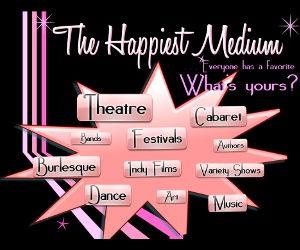
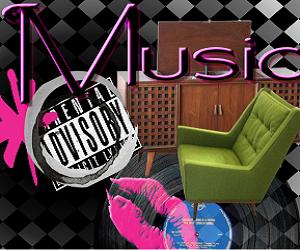
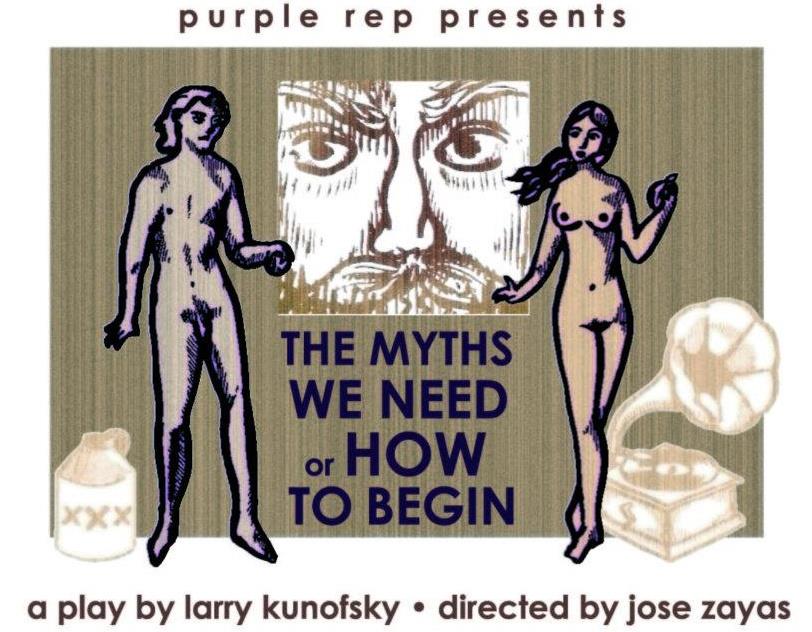


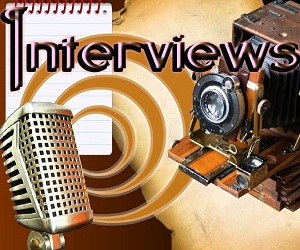
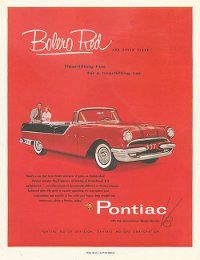
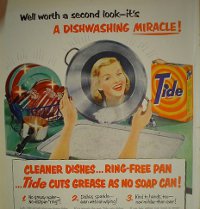
{ 0 comments… add one now }
{ 1 trackback }